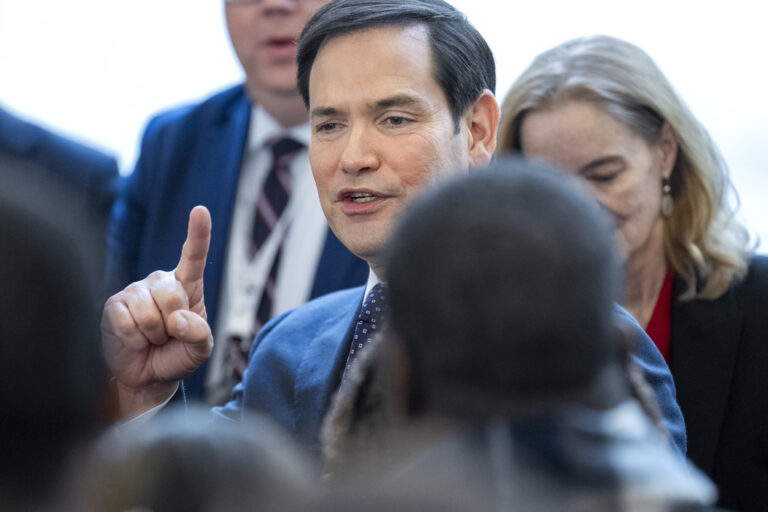 Drink up! The water’s safe, officials say.
Drink up! The water’s safe, officials say.
There are no harmful levels of pharmaceuticals in New York City drinking water, according to a report released today by the NY Department of Environmental Protection.
The DEP tested NYC’s upstate source waters throughout 2009 for 78 different compounds, including antibiotics, hormones, and prescription medicines.
Sixteen of these, described as pharmaceutical and personal care products (PPCP), were detected at least once in the four rounds of tests, and eight were detected in three or more tests — but only in infinitesimal levels.
Of these, caffeine was found to be the second-highest and Nicotine tied for third. The compound with the highest concentration was Butalbital, which is often found in sedatives and headache medicines.
All of the compounds’ levels were found to be approximately 1000 times lower than the government-regulated minimum.
“To get one dose of caffeine, or the amount contained in an 8-ounce cup of coffee, a person would have to drink 238,572,000 glasses of water,” the report said.
None of the 16 detected PPCP compounds were found at a concentration that would present a potential public health concern, according to the DEP press release.
The DEP “is committed to testing [pharmaceutical levels] for another year,” said DEP spokesman Farrell Sklerov, “and then, as necessary, moving forward to see if we need to keep testing.”
Concerns about pharmaceuticals in NYC drinking water were first raised in 2008. There is no federal regulation of pharmaceutical levels in water. However, New York has a blanket regulation on any compound to a certain specified extent, Sklerov explained. As such, the city was not required to perform this test.
“It’s always been known that there may exist some pharmaceuticals in the water,” explained Sklerov, “but the ability to test for it has taken a number of steps forward in the past few years. We’re talking about detecting parts per trillion, which is an extremely minute quantity.”
Sklerov confirmed that the pharmaceutical levels are “not accumulative,” meaning that the DEP expects no significant rise in the foreseeable future.
NYC Health Commissioner Dr. Thomas Farley promised: “Our drinking water continues to be the cleanest, healthiest option for quenching New York City’s thirst,” according to the press release.
The tests were conducted in 2009 at three different upstate watersheds: Croton, Delaware and Catskill. According to the report, 9 million New Yorkers rely daily on these sources for drinking water.
According to the DEP, pharmaceuticals get into water in a variety of ways: ingested ones may pass through the human waste system, and externally applied ones are washed through shower and bath water. Until recently, out-of-date medicines were sometimes flushed down toilets at hospitals, the DEP reports.
(Source: NBC New York)










